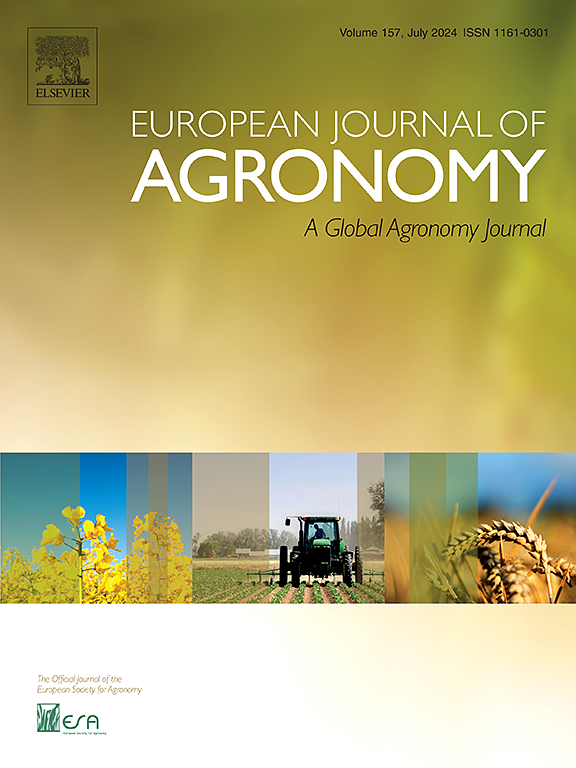Developing a Deep Learning network “MSCP-Net” to generate stalk anatomical traits related with crop lodging and yield in maize
Abstract
Plant stem is essential for the delivery of resources and has a great impact on plant lodging resistance and yield. However, how to accurately and efficiently extract structural information from crop stems is a big headache. In this study, we first established a Maize Stalk Cross-section Phenotype (MSCP) dataset containing anatomical information of 990 images from hand-cut transections of stalks. Then, to large-scale measure the stalk anatomy features, we developed a Maize Stalk Cross-section Phenotyping Network (MSCP-Net) which integrated a convolutional neural network and the methods of instance segmentation and key point detection. A total of 14 stalk anatomical parameters (traits) can be automatically produced with high [email protected] (0.907) for the parameter “vascular bundles segmentation” and high DICE (0.864) for the parameter “functional zones segmentation”. The cross-validation with the MSCP dataset indicated the good performance of MSCP-Net in predicting anatomical traits. On this basis, the correlation analysis across 14 anatomical traits and 12 agronomic importance traits in 110 maize inbred-lines was conducted and revealed that the stalk related traits (stem cross-section, large vascular bundles, fiber contents, and aerial roots) are key indicators for lodging resistance and grain yield of maize. In addition, the maize inbred-lines were classified into two groups, and the higher value of group II compared with group I in breeding hybrid varieties was discussed. The results demonstrated that the MSCP-Net is expected to be a useful tool to rapidly obtain stem anatomical traits which are agronomic important in maize genetic improvement.

 求助内容:
求助内容: 应助结果提醒方式:
应助结果提醒方式:


